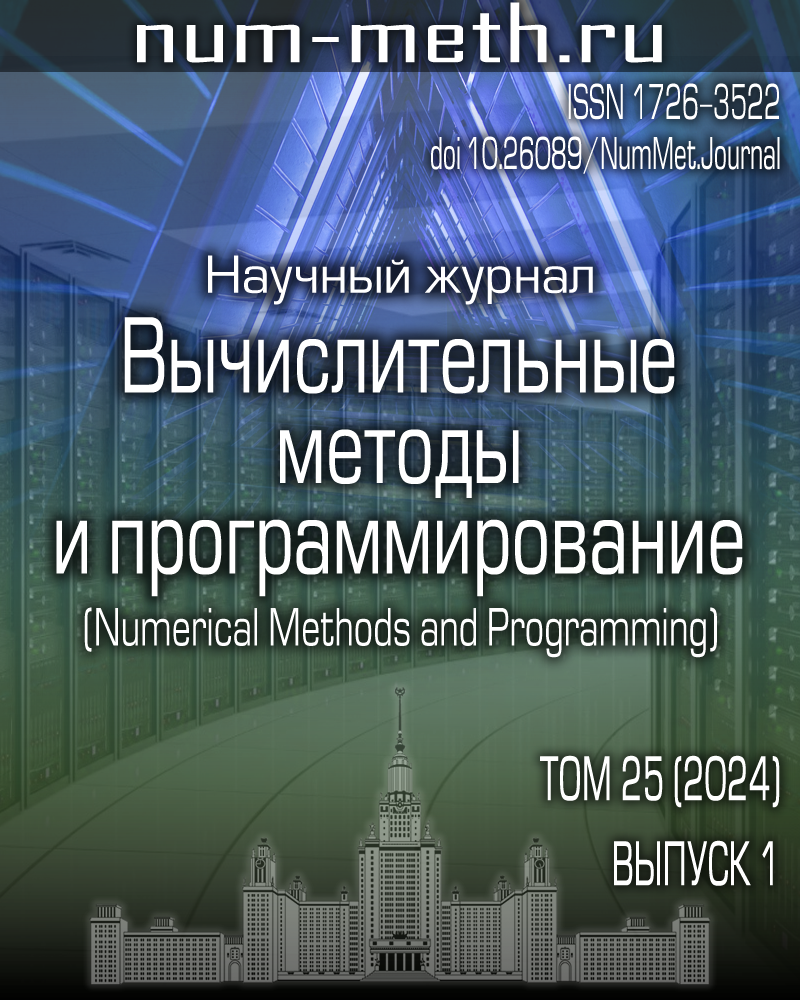|
|
Numerical methods and programming, 2008, Volume 9, Issue 1, Pages 101–107
(Mi vmp424)
|
 |
|
 |
Вычислительные методы и приложения
Computation of contribution from the cavity effect to protein-ligand binding free energy
G. F. Grigor'ev, S. N. Zhabin, A. N. Romanov, V. B. Sulimov
Lomonosov Moscow State University, Research Computing Center
Abstract:
Some results of the study of the cavitation effect, which provides an essential part of hydrophobic interactions due to the formation of protein-ligand complexes, are discussed. The change of the cavitation free energy is calculated for three protein-ligand complexes using the thermodynamic integration procedure with the original algorithm for growing the interaction potential between the cavity and the water molecules. The thermodynamic cycle consists of two stages: annihilation of the cavity of the ligand at the unbound state and its creation at the active site of the protein (the bound state). It is found that, for all the complexes under study, the values are negative and favorable for binding. The main contribution to the cavitation effect is due to the annihilation of the cavity of the ligand. All computations were made using a parallel version of the CAVE code.
Keywords:
protein-ligand binding free energy, cavitation effect, solvation free energy,
Monte-Carlo simulation, solvent accessible surface area, thermodynamic integration.
Citation:
G. F. Grigor'ev, S. N. Zhabin, A. N. Romanov, V. B. Sulimov, “Computation of contribution from the cavity effect to protein-ligand binding free energy”, Num. Meth. Prog., 9:1 (2008), 101–107
Linking options:
https://www.mathnet.ru/eng/vmp424 https://www.mathnet.ru/eng/vmp/v9/i1/p101
|

| Statistics & downloads: |
| Abstract page: | 110 | | Full-text PDF : | 44 | | References: | 1 |
|




 Contact us:
Contact us: Terms of Use
Terms of Use
 Registration to the website
Registration to the website Logotypes
Logotypes








 Citation in format
Citation in format 